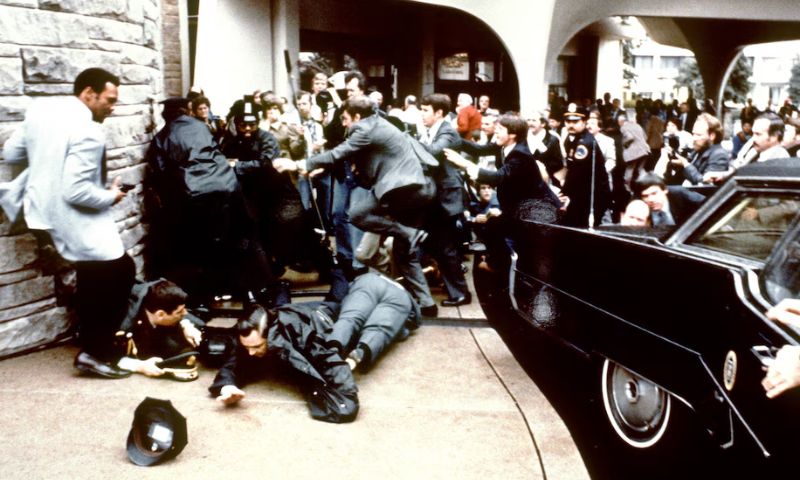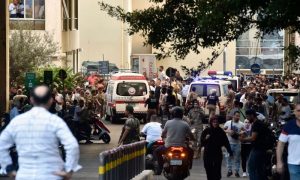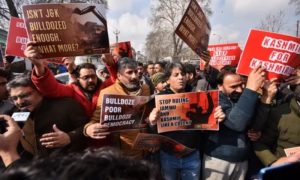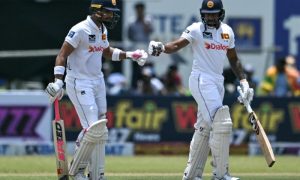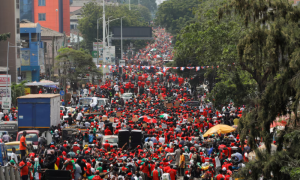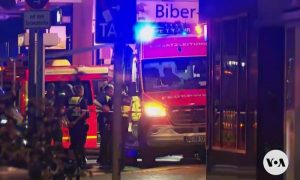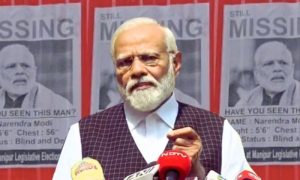WASHINGTON, USA: Assassination attempts on U.S. presidents and presidential candidates have profoundly impacted American history, leading to significant changes in security protocols and the role of the Secret Service. Here’s a chronological account, starting with the most recent events.
Donald Trump
During his 2016 presidential campaign, Donald Trump faced an assassination attempt when a 20-year-old British man tried to grab a gun from a Las Vegas police officer at a rally. The man later told authorities he intended to kill Trump and pleaded guilty to federal firearms and disruption charges.

Ronald Reagan
On March 30, 1981, President Ronald Reagan was shot and seriously wounded by John Hinckley Jr. in Washington, D.C. Reagan survived after emergency surgery, and the three others hit by gunfire also recovered. Hinckley was found not guilty by reason of insanity and remained in psychiatric care until his release in 2016.
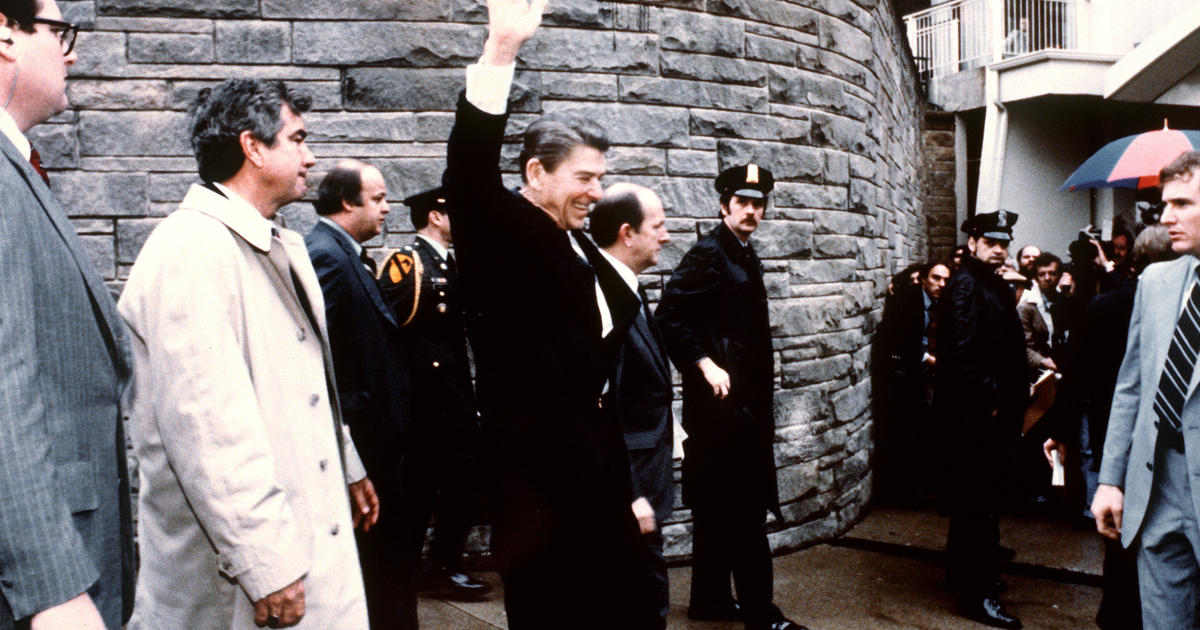
Gerald Ford
President Gerald Ford faced two assassination attempts within 18 days in September 1975. On September 5, Lynette “Squeaky” Fromme, a follower of Charles Manson, attempted to shoot Ford in Sacramento, California. Three weeks later, Sara Jane Moore fired a shot at Ford in San Francisco. Both women were apprehended, and Ford was unharmed.
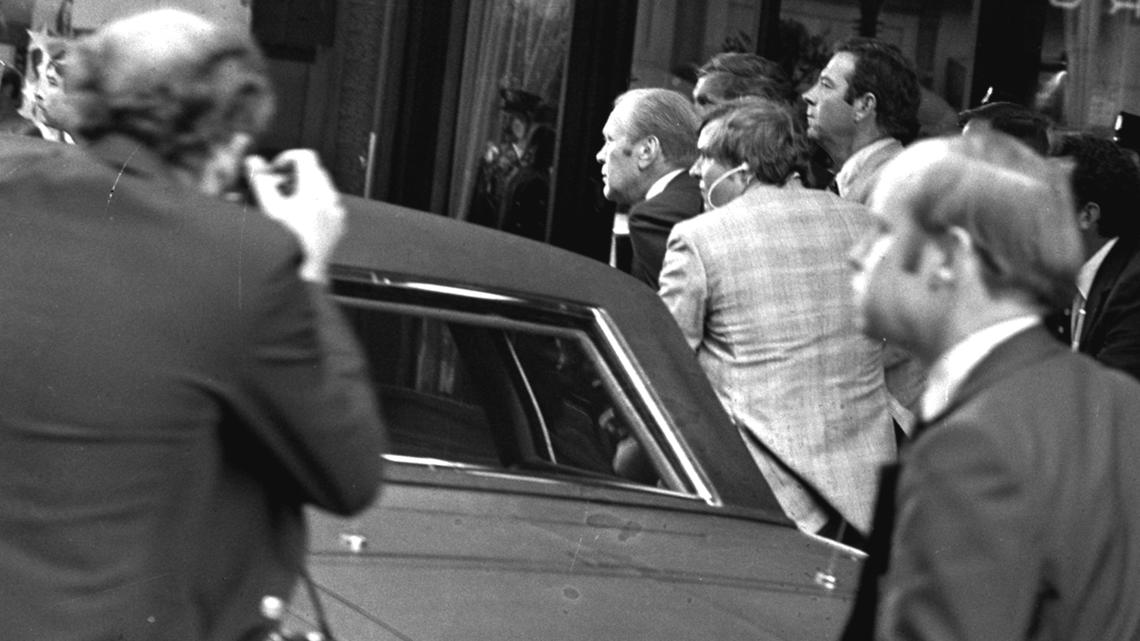
Robert F. Kennedy
Robert F. Kennedy, a candidate in the Democratic primaries, was assassinated on June 5, 1968, in Los Angeles by Sirhan Sirhan. This tragic event occurred less than five years after the assassination of his brother, John F. Kennedy. Sirhan was sentenced to life in prison.
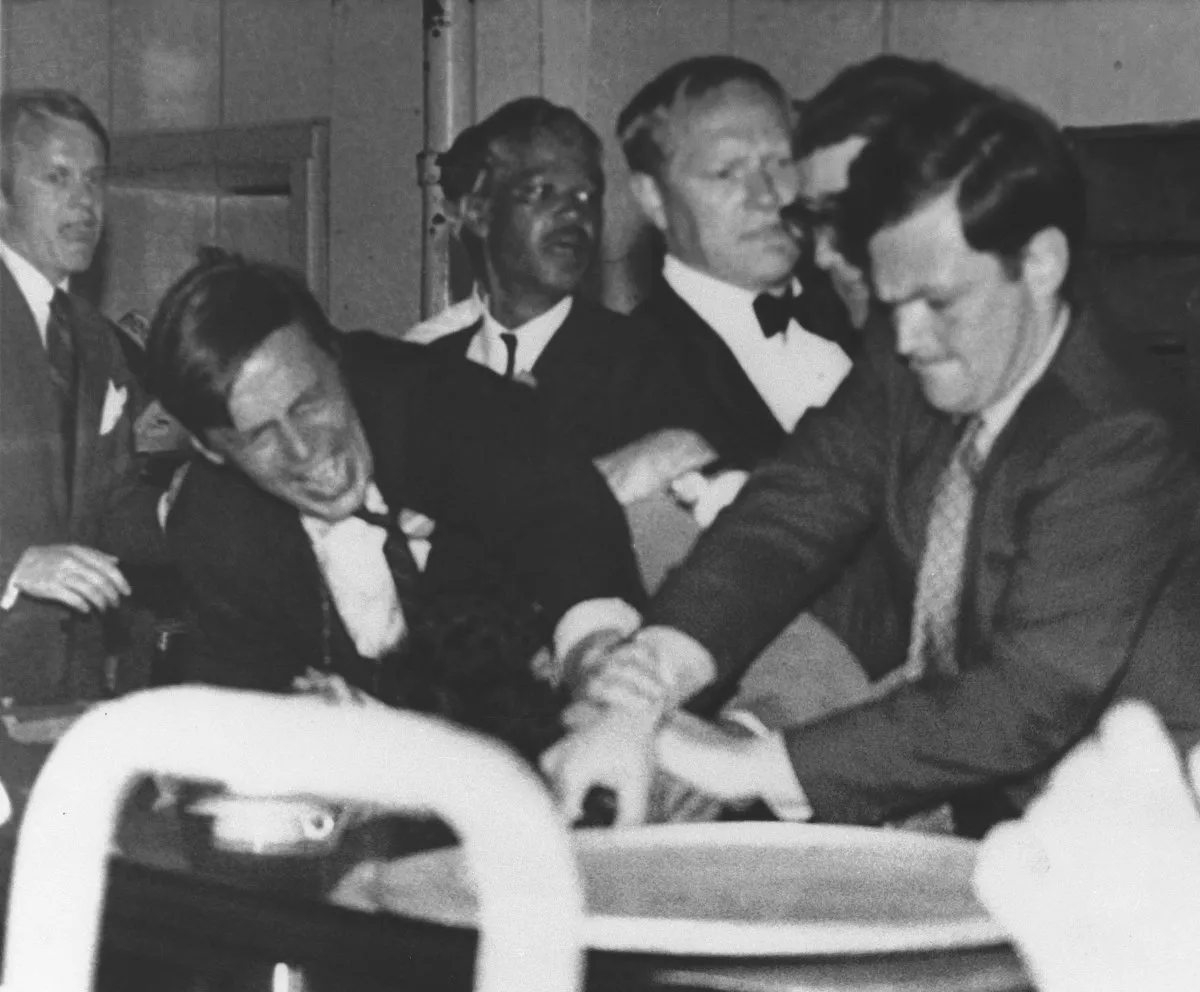
John F. Kennedy
President John F. Kennedy was assassinated on November 22, 1963, in Dallas, Texas, by Lee Harvey Oswald. Kennedy’s death shocked the nation and led to widespread mourning. Oswald was killed by nightclub owner Jack Ruby two days later, leading to numerous conspiracy theories about whether Oswald acted alone.
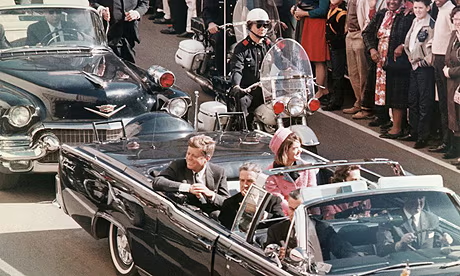
Theodore Roosevelt
While campaigning for a third term as president on October 14, 1912, former President Theodore Roosevelt was shot in Milwaukee, Wisconsin. Despite being wounded, Roosevelt continued his speech, protected by a 50-page speech manuscript and a glasses case in his pocket. His assailant, John Schrank, was found legally insane and institutionalized for life.
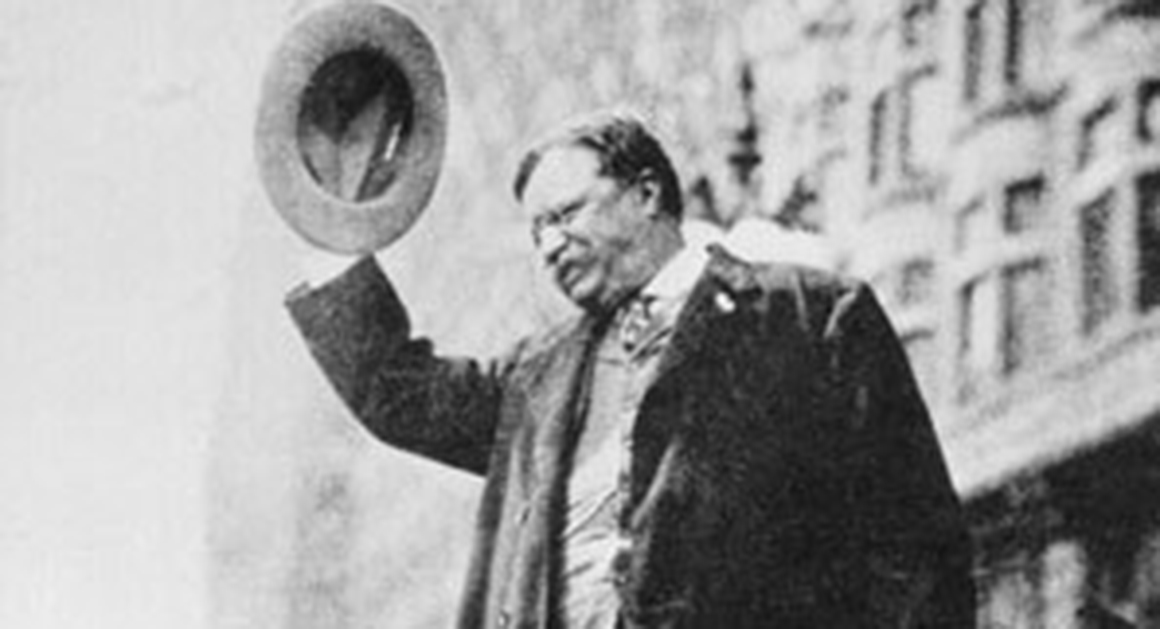
William McKinley
On September 6, 1901, President William McKinley was shot by anarchist Leon Czolgosz in Buffalo, New York. McKinley died eight days later from gangrene caused by the wounds. Czolgosz was convicted and executed. This assassination led to the swearing-in of Vice President Theodore Roosevelt as president.
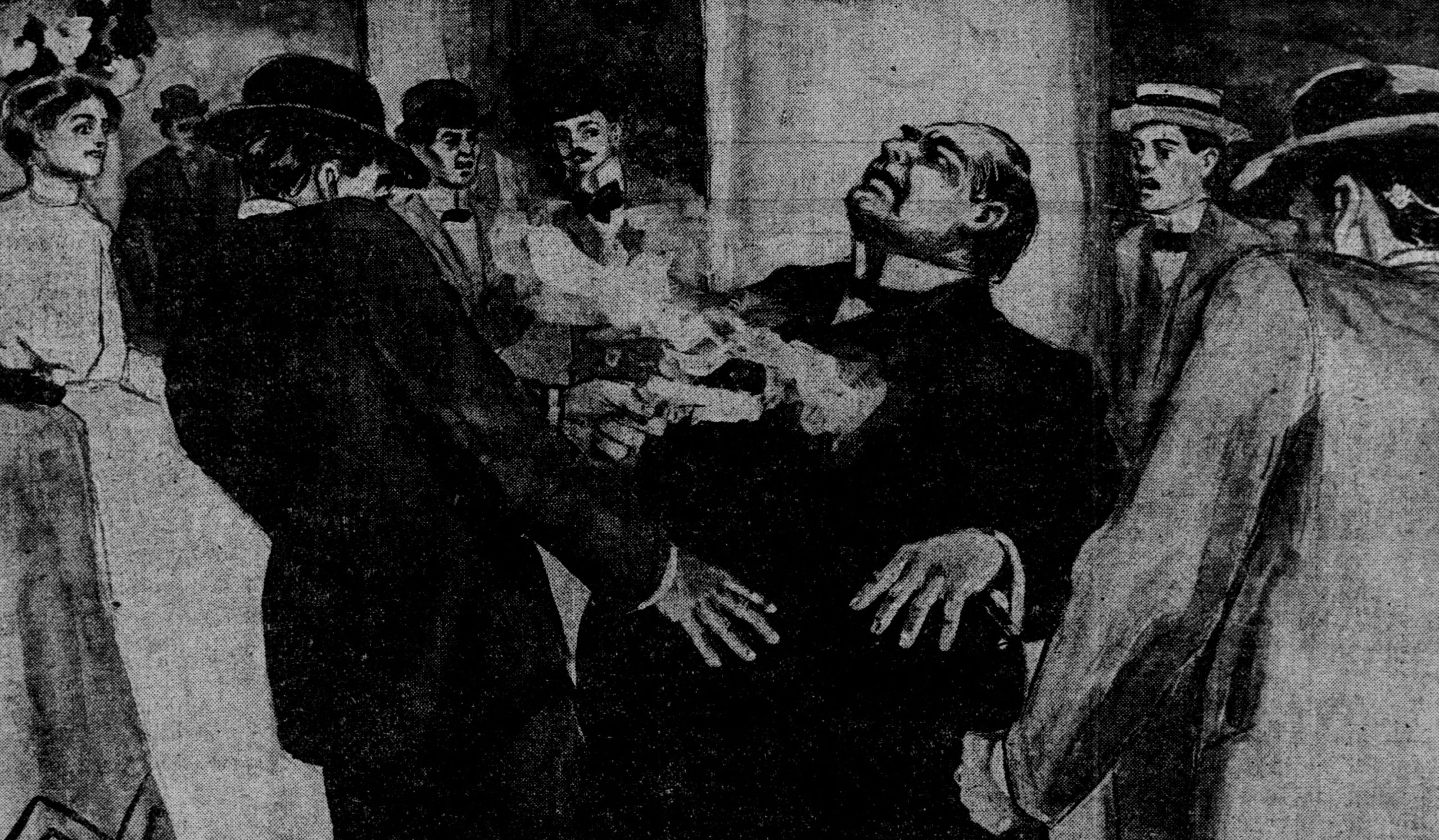
James Garfield
President James Garfield was shot on July 2, 1881, in Washington, D.C., by Charles Guiteau, a disgruntled office seeker. Garfield succumbed to his wounds on September 19, 1881, after suffering from infections and complications. Guiteau was convicted and executed for the assassination.
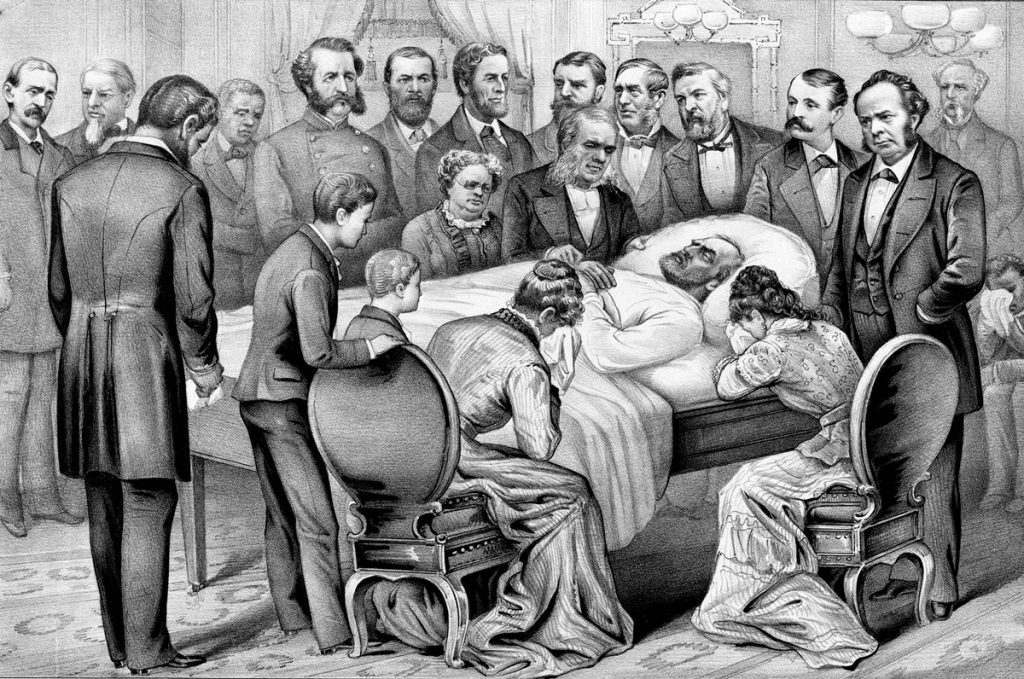
Abraham Lincoln
The assassination of President Abraham Lincoln is one of the most infamous in U.S. history. On April 14, 1865, Lincoln was shot by John Wilkes Booth, a well-known actor and Confederate sympathizer, at Ford’s Theatre in Washington, D.C. Lincoln died the following day. Booth was killed after a manhunt that lasted nearly two weeks.
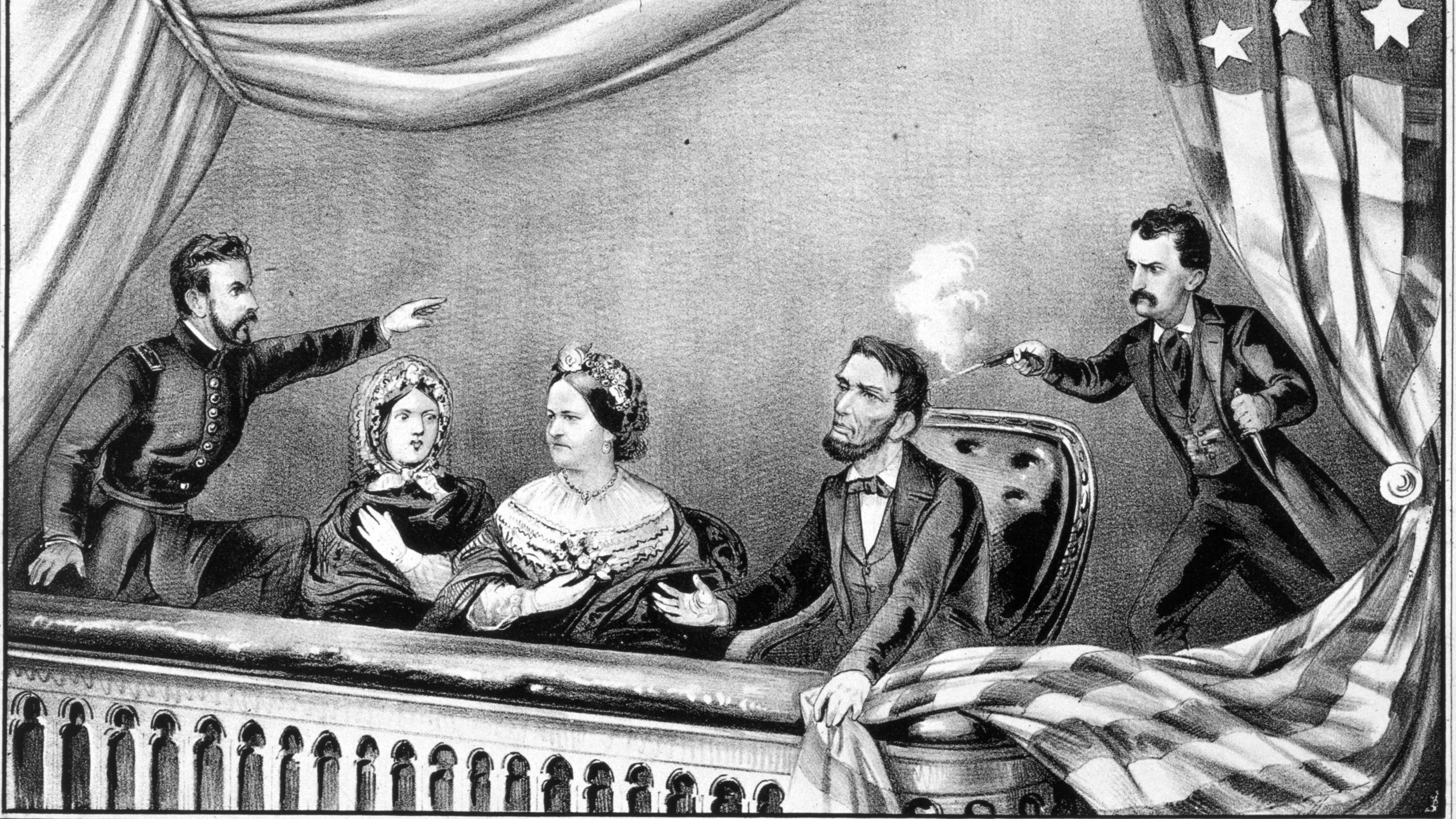
These assassination attempts have had profound impacts on the nation, leading to increased security measures and changes in how presidential protection is managed. The U.S. Secret Service, established to protect the president, has continually adapted to new threats to ensure the safety of those holding the highest office in the land.









